
Another voyage began. Little Lindy moved up in the immense skeletal clutch of a Fargone loader into the cargo sling
of the can-hauler Rightwise, while Rightwise's lateral and terminal clamps moved slowly to fix Lindy in next to a
canister of foodstuffs. She actually massed less than most of the constant-temp canisters Rightwise had slung under
her belly, less than the chemicals and the manufacturing components destined for station use.
She was in fact nothing but a shell with engines, an unlovely, jerry-rigged construction; and the Lukowskis, the
Viking-based merchanter family which owned Rightwise, having only moderate larceny in their hearts and a genuine
spacers' sympathy for Lindy's young owners, settled for the bonus Endeavor Station offered for the delivery of such
ships and crews in lieu of Lindy's freight, and took labor for the passage of the Murray-Gaineses themselves.
Rightwise had muscle to spare, and Lindy's bonus would clear two percent above the mass charge: the owners were
desperate.
So Rightwise checked Lindy's mass by Fargone records, double checked the dented, unshielded tanks that they were
indeed empty for the haul, grappled her on and took her through jump to Endeavor-unlikely reprieve for that bit of
scrap and spit which should long since have been sent to recycling.
The Murrays and Paul Gaines arrived at Endeavor with the same hopes as the rest of the out-of-luck spacers
incoming. Endeavor was a starstation in the process of building, sited in the current direction of Union expansion, in a
rich (if unexportable) aggregation of ores. But trade would come, extending outward to new routes. Combines and
companies would grow here. And the desperate and the ambitious flocked in. There were insystem haulers, freighted
in on jumpships, among them a pair of moduled giant oreships, hauled in by half a dozen longhaulers in pieces,
reassembled at Endeavor, of too great mass to have come in any other way. They were combine ships out of Viking,
those two leviathans, and they collected the bulk of the advertised bonus for ships coming to Endeavor. There was a
tanker from Cyteen; a freighter from Fargone, major ships while most of the independent cold-haulers that labored the
short station-belt run were far smaller, patched antiquities that gave Endeavor System the eerie ambiance of a
hundred-year backstep in time. They were owned by their crews, those ancient craft, some family ships, most the
association of non-kin who had gambled all their funds together on war surplus and ingenuity.
And smallest and least came ships like the Murray-Gaineses' Lindy, an aged pusher-ship once designed for nothing
more complex than boosting or slowing down a construction span or sweeping debris from Fargone Station's
peripheries, half a hundred years ago. They had blistered her small hull with longterm lifesupport. A human form
jutted out of her portside like a decoration: an EVA-pod made of an old suit. Storage compartments bulged outward at
odd angles almost as fanciful as the pod. Tanks were likewise jury-rigged on the ventral surface, and a skein of
hazardously exposed conduits led to the war-salvage main engine and the chancy directionals.
No established station would have allowed Lindy registry even before the alterations. She had been scheduled for
junk at Fargone, and so had many of her parts, taken individually. But at Endeavor Lindy was no worse than others of
her size. She was rigged for light prospecting in those several rings of ore-laden rock which belted Endeavor System,
feeding the refiner-oreships, which would send their recovered materials in girder-form and bulk to Station, where belt
ores and ice became structure, decks, machine parts and solar cells, fuel and oxygen. Lindy would haul only between
belt and oreship, taking the richest small bits in her sling, tagging any larger finds for abler ships on a one-tenth split.
She even had an advantage in her size: she could go gnatlike into stretches of the belt no larger ship would risk and,
supplied by those larger ships, attach limpets to boost a worthwhile prize within reach: that kind of risk was negotiable.
And if she broke down in Endeavor's belt and killed her crew, well, that was the chance the Murray-Gaineses took, like
all the rest who gambled on a future at Endeavor, on the hope of piling up credits in the station's bank faster than they
needed to consume them, credits and stock which would increase in worth as the station grew, which was how
marginal operators like the Murray-Gaineses hoped to get a lease on a safer ship and link into some forming Endeavor
combine.
There was Endeavor Station: that was the first step. Rightwise let go the clamps; the Murray-Gaineses sweated
through the unpowered docking and the checkout, enjoyed one modest round of drinks at the cheapest of Endeavor
Station's four cheap bars, and opened their station account in Endeavor's cubbyhole of a docking office, red-eyed and
exhausted and anxious to pay off Rightwise and get Lindy clear and away before they accumulated any additional
dock charge.
So they applied for their papers and local number, paid their freight and registered their ship forthwith with hardly
more formality than a clerical stamp, because Lindy was so ridiculously small there was no question of illicit weaponry
or criminal record. She became STARSTATION ENDEAVOR INSYSTEM SHIP 243 Lindy, attached to SSEIS 1, the
oreship/smelter Ajax. She had a home. And the Murrays and Paul Gaines, free and clear of debt, went off arm in arm to
Lindy's obscure berth just under the maindawn limit which would have logged them a second day's dock charge. They
boarded and settled into that cramped interior, ran their checks of the charging that the station had done in their
absence, and put her out under her own power without further ado, headed for Endeavor's belt.

 2024-11-21 7
2024-11-21 7
 2024-11-21 10
2024-11-21 10
 2024-11-21 5
2024-11-21 5
 2024-11-21 7
2024-11-21 7
 2024-11-21 8
2024-11-21 8
 2024-11-21 7
2024-11-21 7
 2024-11-21 5
2024-11-21 5
 2024-11-21 7
2024-11-21 7
 2024-11-21 9
2024-11-21 9
 2024-11-21 6
2024-11-21 6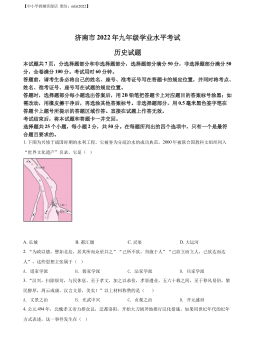
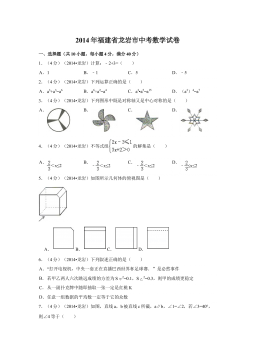
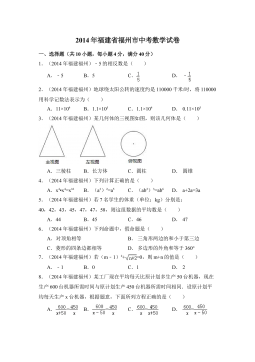
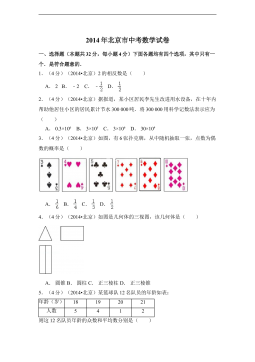
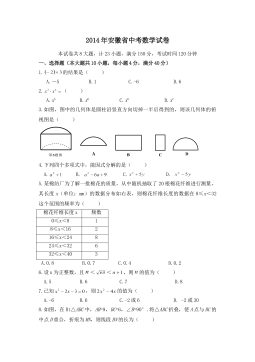




 渝公网安备50010702506394
渝公网安备50010702506394
